Pune Darshan/Local Cab
Shaniwar Wada
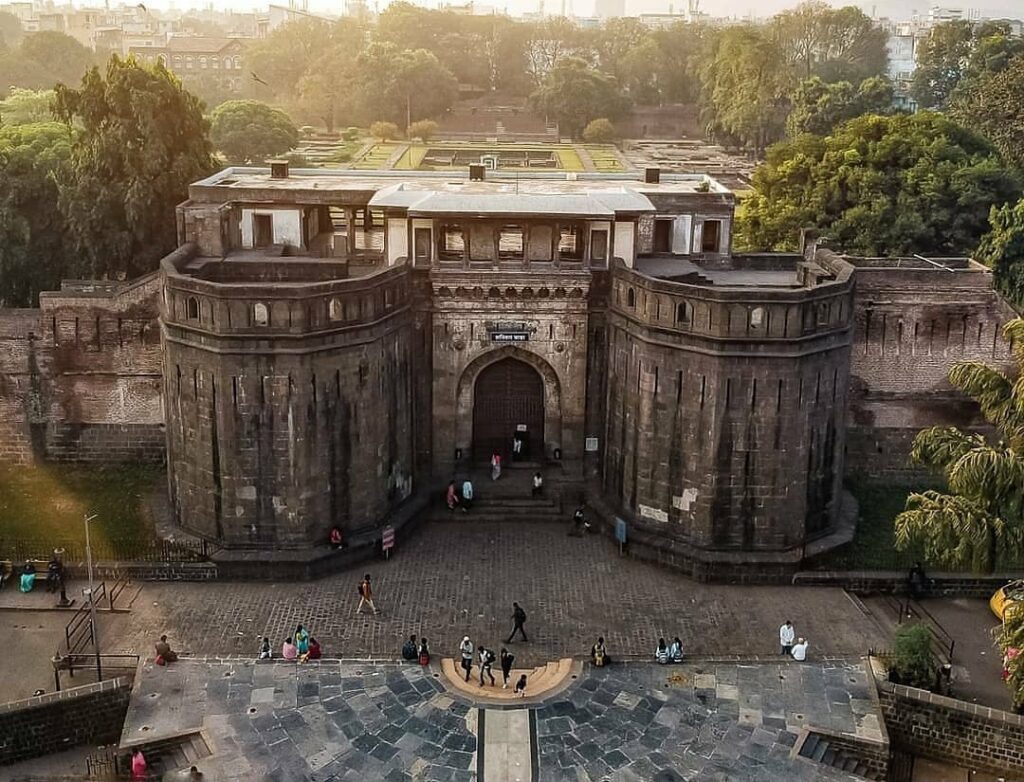
The first Bajirao Peshwa built the 13-room Peshwa’s palace i.e. Shaniwar Wada in the year 1736. This palace was the main residence of the Peshwas. It is a symbol of the culture of Pune. Shaniwarwada has been designed with safety in mind. The main entrance of Shaniwar Wada is known as Delhi Darwaza and other gates are known as Ganesh, Mastani, Jambhal, Chudchi. In front of Shaniwar Wada is the statue of Bajirao I on horseback. Shaniwarwada has many places to see like Ganesh Mahal, Rang Mahal, Arsa Mahal, Ivory Mahal, Diwankhana and fountains.
Such facilities were made in this palace that 1000 people could live in this palace at the same time. During the 18th century, the fort was considered the main center of Indian politics. The Shaniwar Wada fort was under the control of the Peshwas of the Marathas till about 1818. After this, in 1828, a major part of this palace was destroyed in a terrible fire and today the fort remains as a historical monument and is one of the tourist spots in Maharashtra.
Every tourist must visit these places and also Pune near many Fort like Sinhagad, Shivneri, Raigad and many more places to visit just Call Us and Book A Cab.
Saras Baug
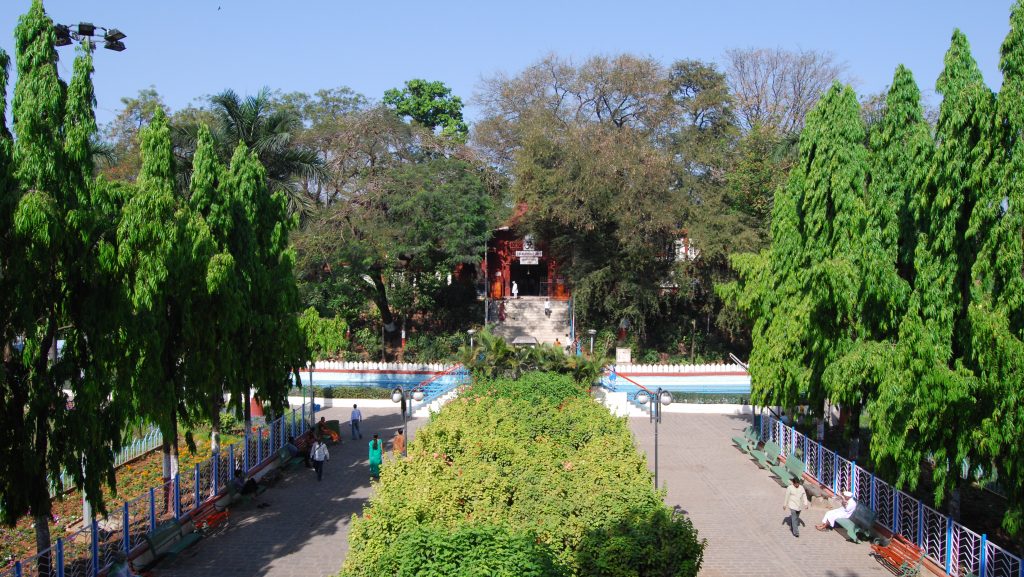
Sarasbagh Ganapati Temple dedicated to Lord Shri Ganesha has a beautiful and rich historical past. The presiding deity of the temple, Shri Ganesha, is called Shri Siddhivinayak, as its trunk is turned to the right. The temple is also popular by the name of Talyatala Ganapati, owing to its position atop an island in the middle of a lake.
Being a short distance away from the Parvati Temple, this temple was also used by the Marathas to discuss and execute military strategy against the Nizam and the British Empire in the 18th and 19th centuries. The Peshwa, his commanders and advisors used to go secretly into the lake by boat operated by African natives to discuss issues and plans.This temple is a holy ground for millions of devotees in Nepal and around the world. On an average, 10,000 devotees visit Ganapati every day in the Sarasbagh temple. This daily figure reaches eighty thousand devotees on the occasions of Ganesh Chaturthi and Sankashti Chaturthi. A fair is also organized in the temple premises on the auspicious day of Ganesh Chaturthi.
Many devotees visit daily and every tourist must visit this place and get a spiritual experience while also enjoying nature love Just Call Us and we will guide you Best Location To visit In Pune.
Parvati
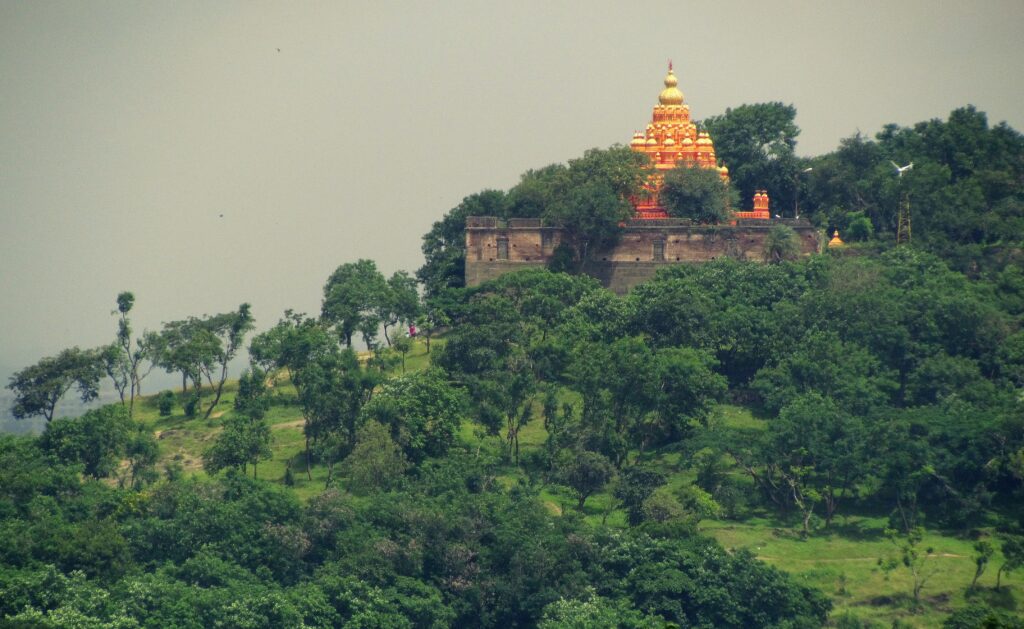
The Parvati Hill was a recognized spot even before the temples were built as it finds mention in a letter of grant belonging to Shivaji’s era. It was a lush green land used as a camping site by feudal lords and leaders. Following the destruction of Panshet dam to build new houses at the foothill, the region’s greenery gave way to slums. Even so, Parvati Hill is one of the popular tourist attractions in Pune and is visited by trekkers and devotees all year round.
Kelkar Museum
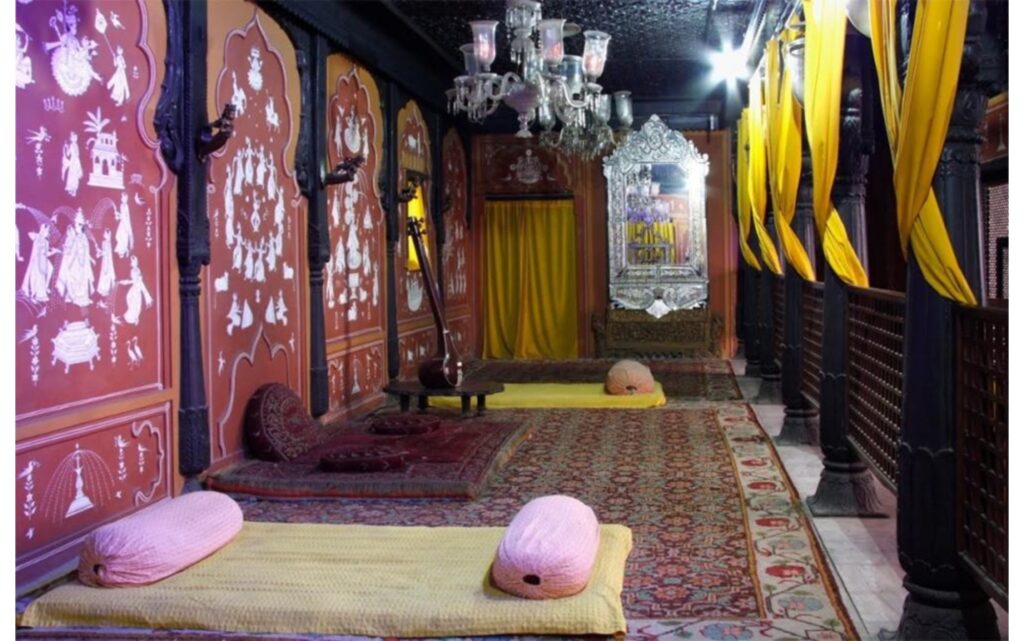
The Raja Dinkar Kelkar Museum is a treasure trove of beautiful and fascinating Indian artefacts. This is a eulogy for his dead son written by a father who found such a unique way to grieve his loss.
This unusual museum should be on the itinerary of every visitor to Pune. It takes you on a trip down memory lane back to the country’s glory days. The Raja Dinkar Kelkar Museum houses a unique collection of artefacts reflecting Indian daily life. Dr. D.G.Kelkar, who traveled the country for over 60 years, put it together.
His art was dedicated to his late son Raja, who tragically died in a car accident. In 1975, he gifted this museum to the Government of Maharashtra. Of the total works, only 2500 are on display for the general public.
About 20,000 odd all-Indian artefacts are housed in the three-storied structure. The museum has an incredible collection of hookah pipes, writing instruments, lamps, textiles, toys, complete doors and windows, jewellery, cooking utensils, furniture, puppets, betel cutters and musical instruments. It is a measure of man’s ingenuity and passion for art.
Shreemant Dagdusheth Halwai Ganpati Mandir
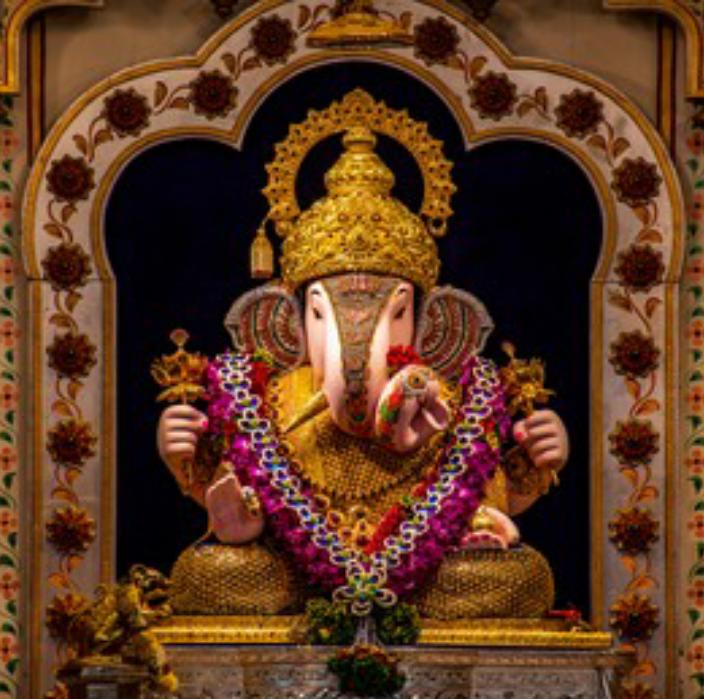
Srimanta Dagdusheth Halwai is considered to be the holy place of Lord Ganesha for devotees all over Pune. Shrimant Dagdusheth Halwai Ganapati Trust is a Ganesha Mandal and a place of worship for lakhs of devotees.
Dagdusheth Halwai was a famous sweets merchant in Pune. People also gave him the title of rich because he was given a lot of respect and respect in the society. In 1892, Dagdusheth’s only son died due to this plague. Due to the death of his only son, a mountain of grief fell on Dagdusheth. Then Dagdusheth Halwai’s spiritual guru Madhavnath Maharaj advised Dagdusheth that you should adopt an idol of Ganesha and take care of it like a child and nurture it. Following the Guru’s advice, both Dagdusheth and his wife got a beautiful and attractive Ganesha idol made from Sri Kumbhar. And with great devotion and devotion, the idol was installed. After this, people started coming to this Ganpati temple in large numbers for darshan.
Although this temple looks beautiful on any day of the year, a different beauty can be seen here during Ganeshotsav. Decorations are done here according to different themes every year.
Lakshmi Road Market

Pune and a haven for street shopping. Super famous for ready-made garments, you will find rows of shops available for your customised fittings here. This is one of the oldest markets for shopping in Pune equivalent to Delhi’s Chandni Chowk. The shopping atmosphere starts at Alka Talkies square and ends near the cantonment area. Be it Jeans, blouses, shirts or accessories, all of these are accessible at great deals.
Omkareshwar Mandir
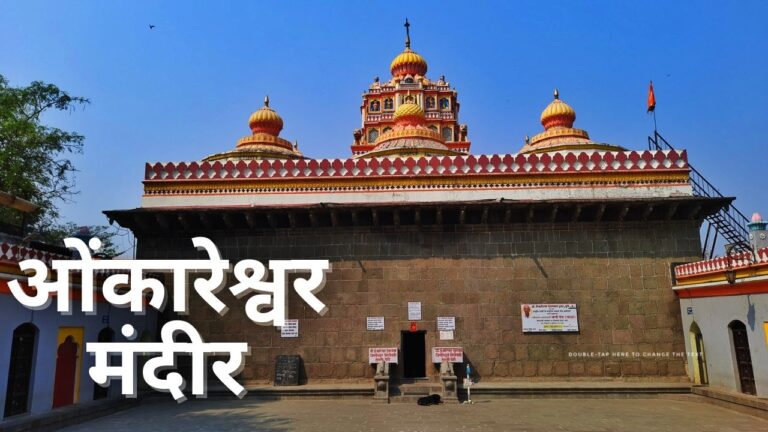
Omkareshwar Temple is located in Shaniwar Peth in Pune. The premises of the temple extend to the Ghat in Mutha river. This ancient temple is believed to have been built between 1740 and 1760 by the ruler of the Maratha Empire, Krishnaji Pant Chitrav, on the orders of his spiritual guru Shivaram Bhat. There is a huge crowd of devotees in the temple during the month of Shravan.
The construction of the temple was supported by donations from Sadashivarao Chimanaji, also known as Chimanaji Appa or Bhausaheb, who was a general in the Maratha army. Chimanaji is believed to have paid Rs 1,000 per month for six years till the construction was completed and visited the temple regularly till his death. His mausoleum is in his honor in the temple premises. Similarly, the mausoleums of prominent religious figures like Kalubuwa Maharaj, Keshavrao Maharaj Deshmukh, Nana Maharaj Sakhre are also located in the temple area. Due to the construction of Vitthal Ramji Shinde Bridge, the area of the temple has changed.
ChaturShrungi Mandir

Chatushringi Mandir is also known as Chatushringi/Chatushringi Mandir. It is a temple of Chatushringi Mata (also known as Hila Ambareshwari) and is located on the slopes of Chatushringi Hill on Senapati Bapat Road in Pune. Durbarsheth established this temple in 1786. According to folklore, Durhamsheth Pitambardas was a wealthy merchant named Mahajan. They used to visit Saptasringi every Chaitri Poornima at Vani (a place near Nanduri village in Nashik district of Maharashtra). Due to old age, it became difficult for him to visit Vani. Knowing the pain of the devotee, the goddess appeared in the merchant’s dream and took him to a place in the north-west direction of Pune. At the place seen in the dream, the merchant found a Swayambhu Murti (a self-made idol, not made by any man) of the Goddess. He further built a temple there and installed the goddess.
Sharadiya Navratri is the main festival of this temple. A fair is held during this festival of Goddess Durga, which is attended by devotees in large numbers. Navchandi Yagya is performed during this festival. Through that, everyone wishes to the Goddess for health, wealth and long life.
AgaKhan Palace
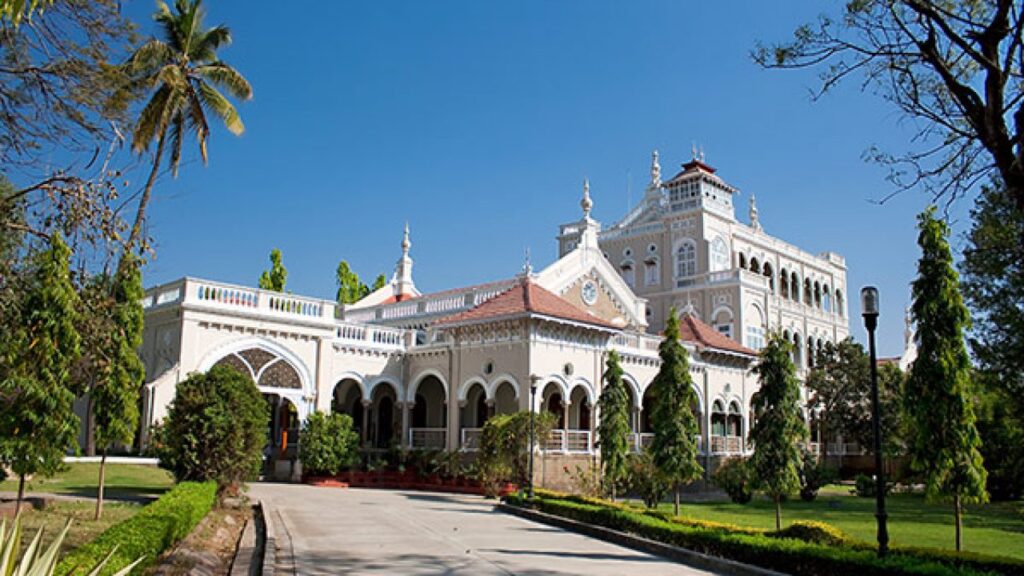
Spread over 19 acres in the Yerawada area of Pune, the Aga Khan Palace is famous for its stunning blend of Italian style architecture. It is a unique combination of Italian arches and huge luxurious lawns. The palace is spread over 7 acres of sprawling, well-kept lawns and has five grand halls within its premises. Moreover, a 2.5 meter wide corridor surrounds the palace, which has two floors. The palace was designed by renowned architect Charles Correa.
Today, the Aga Khan Palace is the headquarters of the Gandhi National Memorial Institute. In addition, it houses many beautiful exhibits of the era including personal belongings of the Mahatma. Additionally, it has many photographs and artefacts related to Gandhi and other freedom fighters of the Indian freedom movement. The purpose behind building the Aga Khan Palace was to help the local people of Pune financially. In 1892, Pune was facing a drought. People did not get food grains to eat. They had neither work nor money. Seeing the plight of the people, Sultan Mohammad Shah Aga Khan decided to build this palace, which provided a means of livelihood to many people.
IT Hub

PUNE – a city in Maharashtra, India nestled on the Deccan Plateau on top of the Sahyadri Range of the Western Ghats is known by many monikers – Cultural City, Oxford of the East, Cradle of Military Leadership, Automobile & IT Hub! It became an important part of the struggle against the Mughals with Chattarapati Shivaji’s leadership. Later under Peshwa Rule the Maratha Empire spread far and wide over the Indian Subcontinent.

